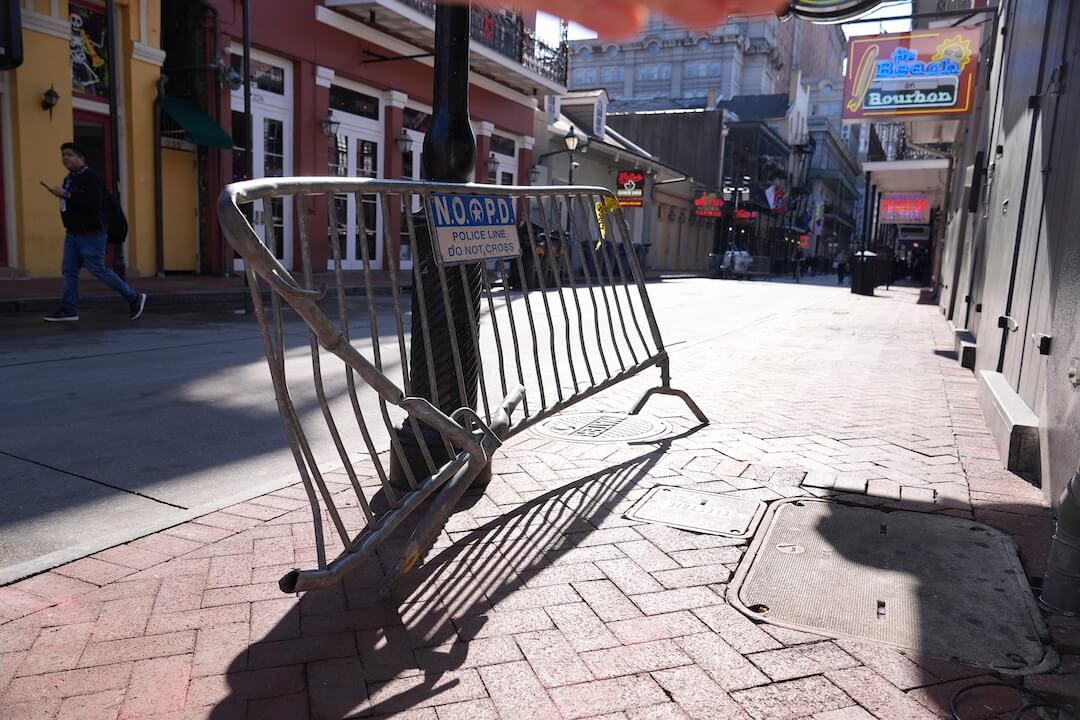Last summer, I walked into a computer lab in the bowels of The Boston Globe carrying a stack of photocopied worksheets from the High School Journalism Institute and eager to pass my sportswriting knowledge along to three inner-city students from the Boston public schools.
That’s the beginning of this story — but the culmination of another. I spent the 2005-06 basketball season following the hoops team at Boston English — the nation’s oldest public high school — for my master’s thesis. That experience convinced me that Boston’s inner-city athletes deserved more attention.
Coverage of city athletics in the Globe and The Boston Herald was typically limited to following the best basketball teams in the winter and running 10- to 12-inch stories on the city championships for other sports, whose athletes often played to empty bleachers. Meanwhile, suburban schools were covered by the city’s major metros and their own local papers.
In the summer of 2009, the Globe ran a seven-part series, “Failing Our Athletes,” that decried the sad and woefully underfunded state of the BPS athletics department. That sparked the creation of the nonprofit Boston Scholar Athletes (BSA) program. It also inspired me to start a blog, BPSSports, covering Boston public schools athletics. Last year, the BSA and the Globe decided to devote a page on Boston.com to covering BPS sports and tapped me to run it. (BSA funds the site, but we have full editorial autonomy.)
Working with TiP
I found students to contribute to the new site by collaborating with Teens in Print (TiP), a citywide student paper sponsored by the Globe. (Sadly, most of the 19 high schools in the district don’t have newspapers.) My hope was to hook them on reading and writing through the appeal of sports. So there I was, going back to school with my worksheets and a head full of visions of the inverted pyramid and memories of my own days in high-school journalism.
Ralph and Dennis were already TiP staff writers; my third student, Nani, had been recommended by a another after-school program. All spoke English as a second language: Ralph is Liberian, Dennis is Ghanian, and Nani’s family is from Cape Verde.
We took it slow: I spoke of ledes and nut grafs and the importance of learning the boring basics before getting to the fun and flash, reminding them that NBA players learned to dribble and pass before they could crossover and dunk.
After just a few days of working with my new pupils I realized my first mistake: meeting at the end of sweltering summer days when Ralph and Dennis had already logged a full day at TiP. To their credit, they rarely dozed as I droned on about the finer points of game stories and stat-taking, along with incessant reminders that there’s “NO CHEERING IN THE PRESS BOX!”
When I passed out a worksheet about action sentences in sportswriting during one of our first sessions, I realized the basics weren’t basic enough. BPS has the same issues as any other district serving low-income immigrant families, so I wasn’t shocked that my students struggled to compose complete sentences. But I was surprised at how often I had to harp on them to make their subjects and verbs agree.
Grammar Girl’s video explaining active voice was a lifeline — she not only explained it much more clearly and succinctly than someone who barely passed AP English could (that would be me) but, more importantly, she offered a fresh voice to break up the monotony of hearing only me.
I broke down the elements of my old stories for my students, had them reconstruct their own versions, and compared their efforts to mine. We practiced taking stats by streaming an old NCAA Final Four championship game online and hitting pause when they fell behind — a crutch I knew they wouldn’t have when we took a field trip to cover a summer-league basketball game.
Switching to Twitter
By summer’s end my students had mastered “action sentences,” but things were about to change: My editors asked me to have them pilot a Twitter app that updates high-school football scores in real time on Boston.com. Now those newly minted complete-sentence skills spilled their tweets over the 140-character threshhold.
“You know how I told you to write in complete sentences?” I joked. “Don’t do that anymore.”
There were even more obstacles when it came time to cover football games in the fall. Unlike suburban teens glued to their smartphones, city kids can’t always afford to keep their lines live if they can afford a smartphone at all. So tweeting a game wasn’t always an option. Ralph told me all summer that his dad would get him a smartphone when school started, but when he finally got one it was quickly stolen. Dennis never had a smartphone, but could sometimes borrow one from his sister or a friend. Dennis and Ralph spent much of the fall playing for their school’s soccer team, limiting their time.
And no matter what their background, good luck asking a teen to give up Friday night with friends.
Ralph and Dennis’s immigrant families didn’t always grasp the value of learning sportswriting. Dennis’ mother didn’t have a car, and his aunt worked long hours as a nurse, which made it hard for her to drive him to games. And when he did cover games, he had to compete for computer time to file a story at home. I finally found a good answer: Have Ralph and Dennis live-tweet games, meaning their duties ended with the final whistle. Both worked their way up to live-tweeting alone, and Dennis’ aunt drove him (after working the overnight shift) to cover a New England high school tradition: Thanksgiving football.
Looking ahead
Ralph and Dennis were busy and didn’t contribute to the site during the winter and spring seasons, but earlier this summer I took them to a New England Revolution soccer game. They sat in the press box, met the Globe’s reporters, attended the postgame press conference and interviewed players in the locker room. (I hope to take my new students to a Boston College football game this fall.)
Ralph’s job prevented him from returning to TiP this summer, but he wants to help out in the fall. Dennis is back, and while he still struggles with writing, he’s hanging tough and taking my constructive criticism like a champ. As for Nani, she’s now playing soccer for Dean College in Franklin, Mass. Meanwhile, I have two rookies, James and Karl, who are off to a fast start. Both have already earned their first Boston.com bylines — James’s story is here, while Karl’s is here.
English is the two newcomers’ first language, and they came to me from an exam school that has taught them to write well — when I preemptively started a lesson on active voice, James and Karl bluntly told me that they already learned it in school. Unlike last summer, this time around we meet during their TiP work, not at the end of the day. Both James and Karl are quick studies in the art of keeping stats and comfortable conducting phone and live interviews. I’ll have no qualms sending them to games this fall.
The newspaper staff at Boston Latin will get class credit for contributing to the site this year, a model I’d love to replicate district-wide. And this fall I’ll be teaching a 10-week sportswriting class to seventh graders through a program called Citizen Schools, preparing them to cover middle-school leagues sponsored by the Play Ball! foundation. Starting to work with students in junior high will make them more prepared to report from fields and gyms on their own when their feet hit high-school hallways.
Here are some of the lessons I’ve learned:
- Collaboration is key. A lot of organizations do similar work and are eager to help identify students interested in sports journalism.
- Athletes are most interested in working with me — but non-athletes have fewer time conflicts in the afternoons.
- Fundamentals are boring. I tell the students that they have to suffer through the stale stuff before they get to the fun stuff. And even then, I warn them that covering games will be tedious at first.
- Throw ’em in the deep end. Once you’ve gone over the basics, let your students write a practice story. Then walk through the process and compare their work with a professional’s. From there, find a rec-league game for them to cover and try to let them do all the talking.
- Rewrites are learning opportunities. Ultimately, a student’s work has to be publishable, which can outweigh the urge to let original work shine through. This is a tricky balance but a necessary one if students are going to eventually cover games on their own.
- Be honest. I tell inner-city students that it will likely be more difficult for them to master sportswriting skills than it would be for their suburban counterparts. But I also tell them they can do it, and that trying harder isn’t a bad thing.







Comments